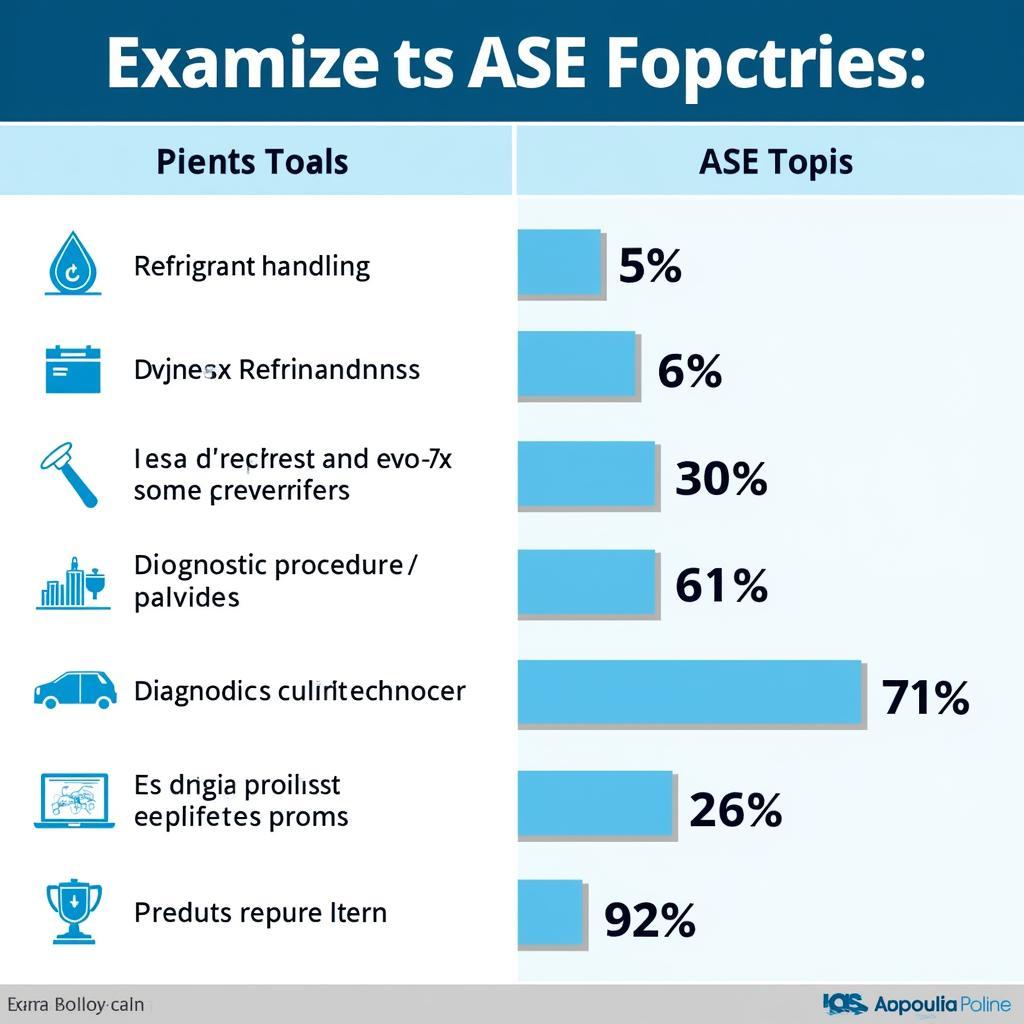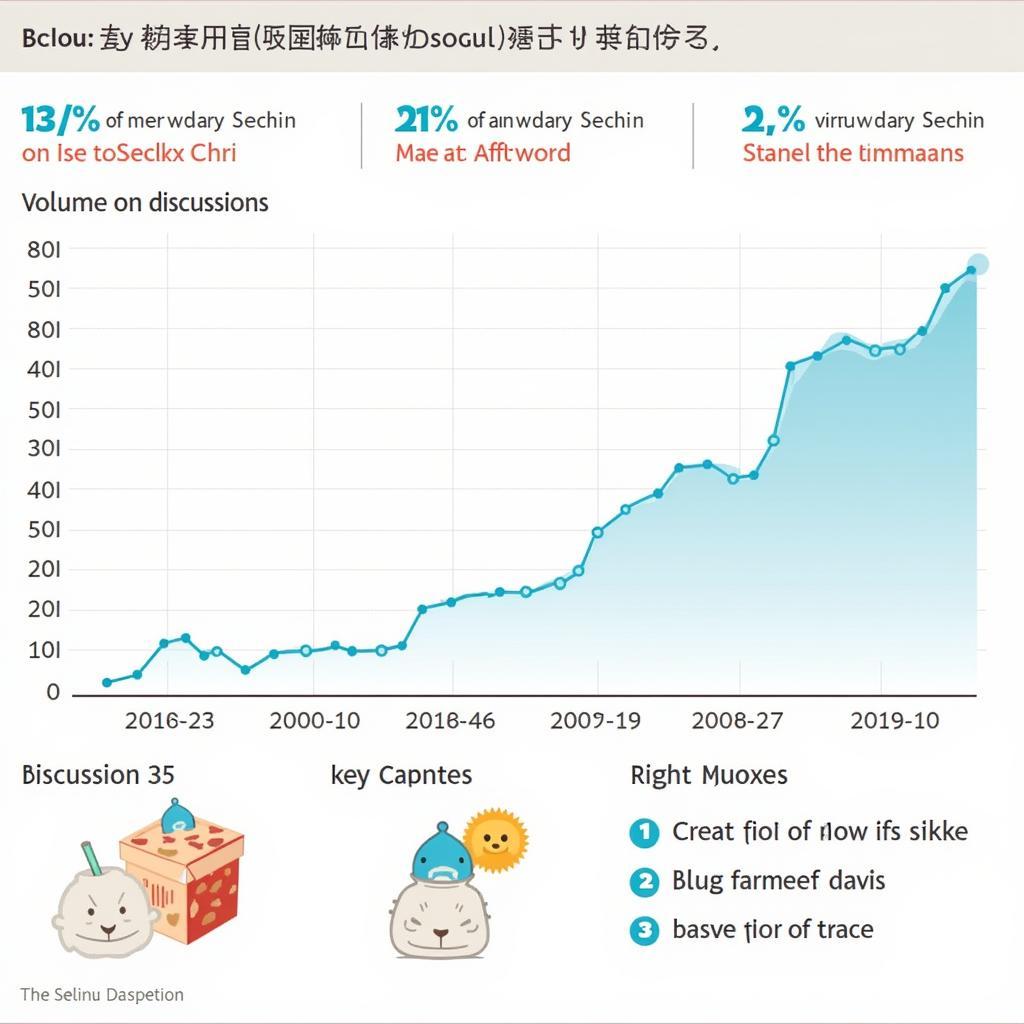The ASEAN UAH (Understanding ASEAN and its Harmonization) curriculum is designed to foster a deeper understanding of the diverse cultures, histories, and socio-political landscapes within the ASEAN region. This crucial initiative aims to equip individuals with the knowledge and skills necessary to navigate the complexities of Southeast Asia and contribute to regional integration and development.
Understanding the Importance of the ASEAN UAH Curriculum
The ASEAN UAH curriculum isn’t just about memorizing facts and figures. It’s about cultivating a genuine appreciation for the rich tapestry of ASEAN and its member states. This involves exploring the shared history, cultural nuances, and common values that bind the region together, while also acknowledging the unique characteristics that make each nation distinct.
The Core Components of ASEAN UAH
The curriculum typically covers a wide range of topics, including:
- ASEAN History and Formation: Tracing the evolution of ASEAN from its inception to its present-day structure, highlighting key milestones and challenges.
- Political and Economic Systems: Examining the diverse political and economic models within ASEAN, analyzing their strengths and weaknesses, and exploring opportunities for collaboration.
- Socio-Cultural Dynamics: Delving into the rich cultural heritage of ASEAN, exploring the traditions, languages, religions, and arts that shape the region’s identity.
- Environmental Issues and Sustainability: Addressing the critical environmental challenges facing ASEAN, promoting sustainable development practices, and fostering regional cooperation in environmental protection.
- ASEAN Connectivity and Integration: Analyzing the progress made in regional integration, focusing on areas such as trade, transportation, and communication, and exploring future opportunities for enhanced connectivity.
Benefits of Studying the ASEAN UAH Curriculum
Embracing the ASEAN UAH curriculum offers a multitude of benefits:
- Enhanced Cultural Awareness: Gaining a deeper understanding of the cultural nuances within ASEAN, promoting cross-cultural communication and understanding.
- Improved Regional Cooperation: Fostering a sense of shared identity and purpose, encouraging collaboration and partnerships across borders.
- Increased Employability: Equipping individuals with the knowledge and skills necessary to thrive in a rapidly evolving regional landscape, enhancing their career prospects.
- Promoting Active Citizenship: Empowering individuals to become active and informed citizens, contributing to the development and prosperity of ASEAN.
How to Access ASEAN UAH Resources
Various resources are available for those interested in learning more about the ASEAN UAH curriculum:
- Online Platforms: Many online platforms offer courses and educational materials related to ASEAN studies.
- Educational Institutions: Numerous universities and colleges across the region offer specialized programs and courses focusing on ASEAN.
- Government Agencies: ASEAN member states often provide resources and information related to regional integration and cooperation.
“The ASEAN UAH curriculum is not merely an academic pursuit; it is a vital tool for fostering understanding, promoting collaboration, and building a stronger, more integrated ASEAN community,” states Dr. Anya Sharma, a prominent Southeast Asian Studies scholar at the University of Singapore.
Addressing Common Questions about the ASEAN UAH Curriculum
What is the main objective of the ASEAN UAH curriculum? The primary goal is to enhance understanding and appreciation of ASEAN’s diversity and promote regional harmony.
How does the curriculum contribute to regional integration? By fostering a sense of shared identity and promoting cross-cultural understanding, it facilitates greater cooperation and collaboration.
 People from diverse ASEAN backgrounds interacting and collaborating.
People from diverse ASEAN backgrounds interacting and collaborating.
Conclusion
The ASEAN UAH curriculum provides a valuable framework for understanding the complexities and opportunities within Southeast Asia. By embracing this curriculum, individuals can contribute to building a more connected, integrated, and prosperous ASEAN community.
FAQ
- What does UAH stand for in the ASEAN UAH curriculum? UAH stands for Understanding ASEAN and its Harmonization.
- Who can benefit from studying the ASEAN UAH curriculum? Anyone interested in learning about Southeast Asia, including students, professionals, and the general public.
- Where can I find resources on the ASEAN UAH curriculum? Resources are available online, through educational institutions, and from government agencies.
- How does the curriculum address cultural diversity? It explores the various cultures, traditions, and languages within ASEAN, promoting cross-cultural understanding.
- What is the significance of the ASEAN UAH curriculum for regional development? It fosters cooperation and integration, contributing to economic growth and social progress.
- How does the curriculum promote active citizenship? It empowers individuals to become informed and engaged citizens, contributing to the development of their communities and the region.
- What are the career benefits of studying the ASEAN UAH curriculum? It enhances employability in fields such as diplomacy, international business, and regional development.
More Questions?
For further inquiries regarding the ASEAN UAH curriculum, please explore these related resources:
- ASEAN Community Website
- ASEAN Secretariat Publications
- University Research Papers on ASEAN Studies
Need support? Contact us at Phone Number: 0369020373, Email: [email protected] or visit us at: Thon Ngoc Lien, Hiep Hoa, Bac Giang, Vietnam. Our customer service team is available 24/7.


